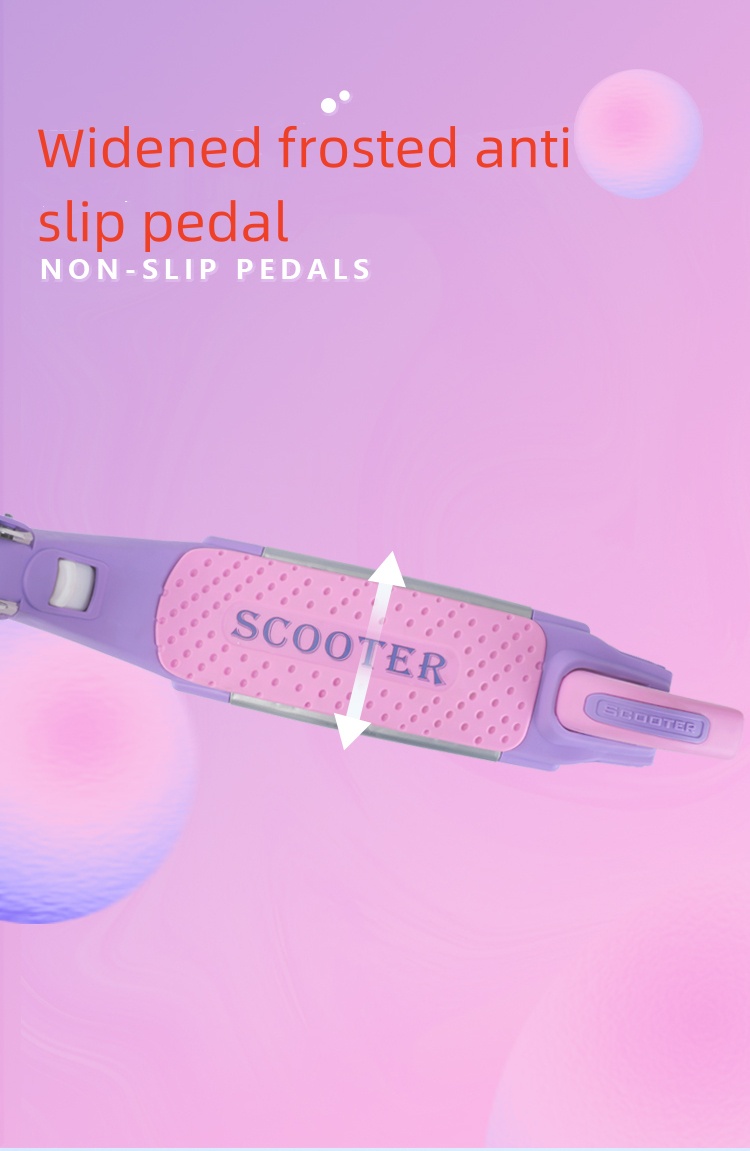Aug . 13, 2024 05:04 Back to list
Impact of Frozen Brake Drum on Vehicle Performance and Safety During Winter Conditions
Understanding Frozen Brake Drums Causes, Symptoms, and Solutions
When it comes to vehicle maintenance, the brake system is one of the most critical components that demand attention. Among various brake system issues, frozen brake drums can pose significant safety hazards. This phenomenon typically occurs in vehicles equipped with drum brakes, commonly seen in older cars, light trucks, and some SUVs. Understanding the causes, symptoms, and potential solutions for frozen brake drums can help drivers maintain vehicle safety and performance.
What is a Frozen Brake Drum?
A frozen brake drum refers to a situation where the brake drum does not rotate properly due to environmental factors, mechanical failures, or improper maintenance. In ideal conditions, the brake drum should allow the brake shoes to expand and contract as needed, facilitating smooth braking. However, freezing can prevent this essential movement, leading to compromised braking efficiency and potential damage to the brake system.
Causes of Frozen Brake Drums
1. Moisture Exposure One of the primary reasons for frozen brake drums is the accumulation of moisture. When water seeps into the brake assembly—especially in cold weather—it can freeze, causing the components to stick together.
2. Corrosion Over time, corrosion can affect the metal components of the brake system. Rust can build up on the surface of the brake drum and components, creating an uneven surface and increasing the likelihood of sticking.
3. Improper Installation If brake components are not installed correctly, it can lead to misalignment and sticking. An improper fit can cause the shoes to bind against the drum, leading to the brakes being unable to disengage completely.
4. Lack of Maintenance Neglecting routine maintenance, such as cleaning and lubricating components, can exacerbate the conditions that lead to frozen brake drums. Regular inspections can help identify potential issues before they escalate.
frozen brake drum

Symptoms of Frozen Brake Drums
Identifying frozen brake drums is essential for timely intervention. Key symptoms include
- Unusual Noises Grinding or squealing noises when applying the brakes can indicate that the brake shoes are sticking to the drum. - Vehicle Pulling If the vehicle pulls to one side when braking, it may suggest that one brake drum is not functioning correctly. - Braking Inefficiencies If you experience a significant decrease in braking power or a feeling of the brakes dragging, it may be time to investigate the brake drum condition. - Visual Inspection Visual signs, such as rust or moisture on the brake Drums, can indicate potential problems.
Solutions to Frozen Brake Drums
1. Inspection and Diagnosis When experiencing symptoms of frozen brake drums, it’s crucial to have a professional inspection. A certified mechanic can assess the health of the brake system and determine if the drums are frozen.
2. Cleaning and Lubrication Sometimes, a simple cleaning of the brake components can alleviate minor sticking issues. Using appropriate brake cleaners can remove moisture and debris, while lubrication on moving parts ensures proper functionality.
3. Replacement of Damaged Parts If corrosion or damaged parts are the culprits, replacing the affected components may be necessary. High-quality replacement parts can restore the braking system's performance.
4. Preventive Measures Regular maintenance is critical in preventing frozen brake drums. Conducting seasonal checks, especially before winter, can help mitigate moisture buildup and ensure all components are functioning correctly.
In conclusion, a frozen brake drum is a serious issue that demands prompt recognition and resolution. Understanding its causes, symptoms, and solutions is vital for ensuring vehicle safety. By prioritizing regular maintenance and addressing issues at the first sign of trouble, drivers can keep their brake systems in optimal condition and enhance their overall driving experience.
-
Scania Brake Drums: OEM Quality for Optimal Safety & Durability
NewsAug.16,2025
-
R.V.I: Advanced Remote Visual Inspection for Precision
NewsAug.15,2025
-
Discover HYUNDA: Innovative Vehicles, Equipment & Solutions
NewsAug.14,2025
-
R.V.I: Unlock Advanced Insights & Real-time Performance
NewsAug.13,2025
-
Kamaz Brake Drum: Durable & Reliable for Heavy Duty Trucks
NewsAug.12,2025
-
Heavy Duty Iveco Brake Drum - Premium Quality & Safety
NewsAug.11,2025
